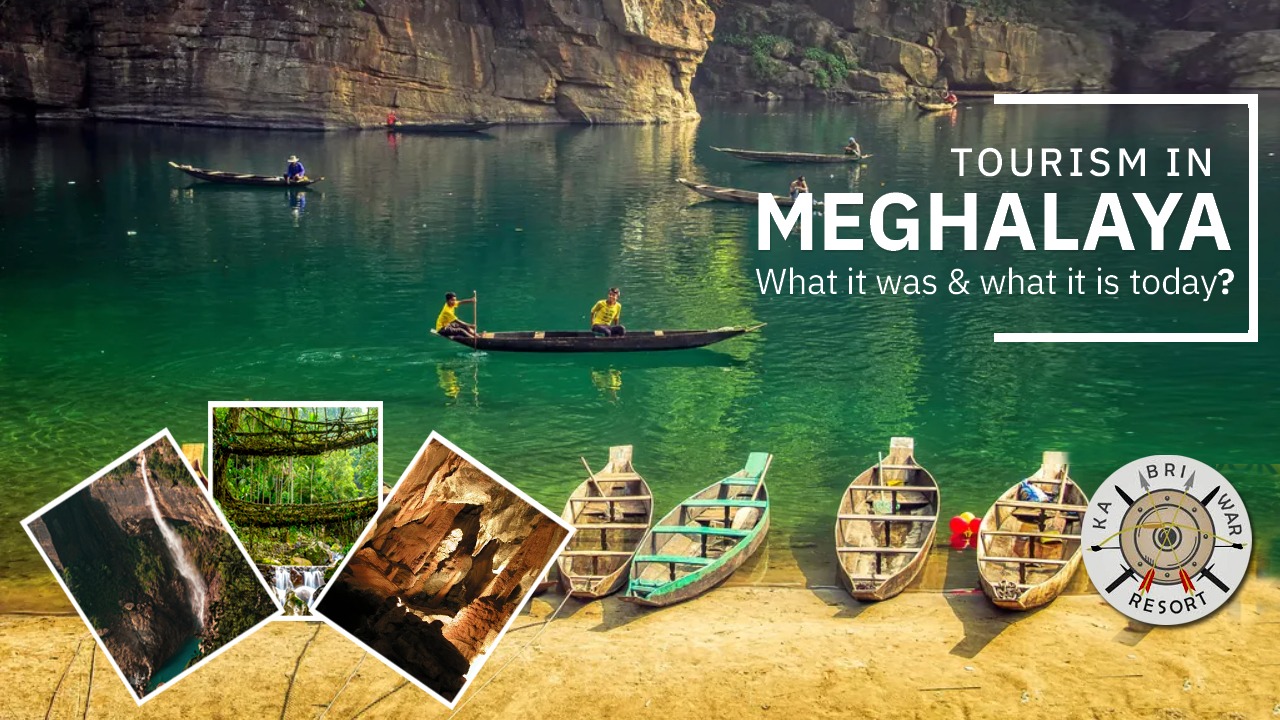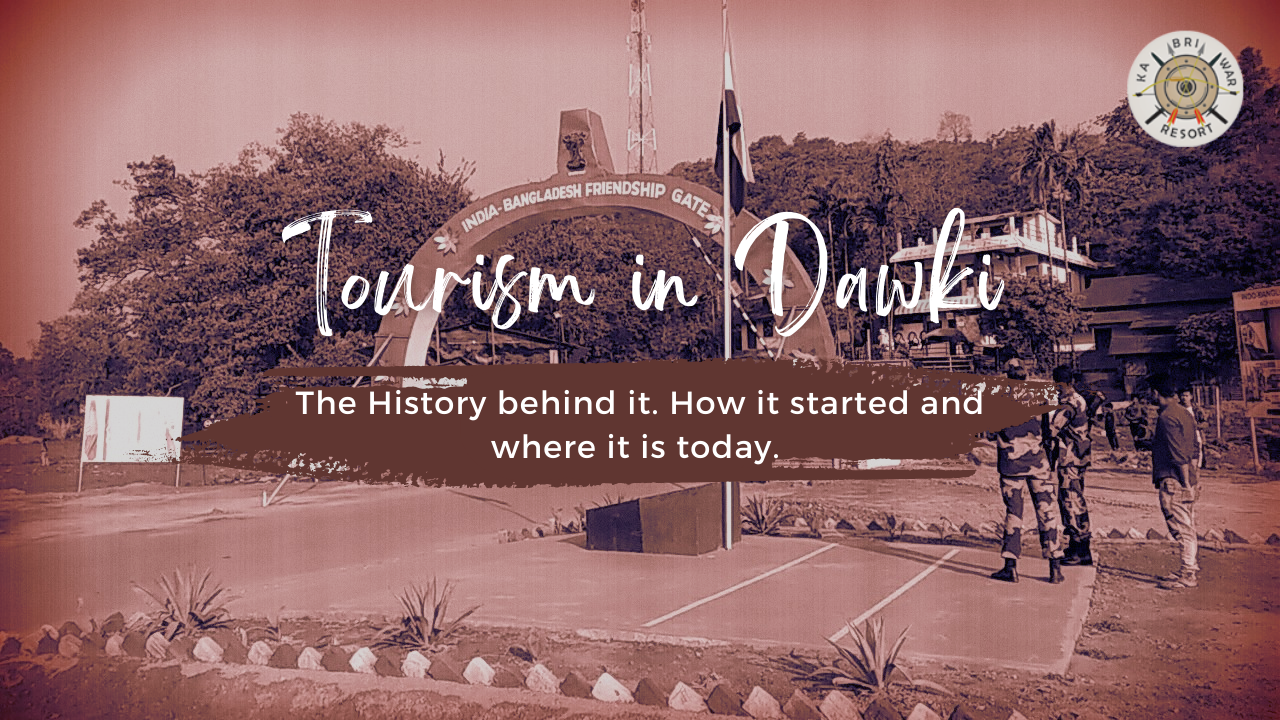 2023
03
2023
03
Tourism In Meghalaya- What it was and What it is Today?
Carved out of the state of Assam, Meghalaya today is beauty written in lucid poetry. It is one of the beautiful states of the north-east with waterfalls, pine-trees and caves adorning various parts of the state. Other than Shillong, the capital of Meghalaya which is also known as the Scotland of the East, Cherapunjee and Mawsynram are also popular tourist destinations. Stay tuned for interesting articles on Meghalaya covering all that is bold and beautiful!
It is one of the most picturesque states of India. Meghalaya serves as an ideal getaway for people in search of tranquility and beauty. The foggy hills, terraced slopes, serpentine rivers, cascading waterfalls and the panoramic landscapes calm the minds of weary travellers. The region is also blessed with rich wildlife. Apart from that, the cleanest and the wettest place on earth and also Shillong, the beautiful hill station is located in Meghalaya. The state has a great tourism potential, which is still unexplored and untapped.
Meghalaya is located in the north-eastern part of India. Shillong, the state capital which is located at an altitude of 1496 meters above the sea level. Meghalaya’s History is related with the thre predominant tribes The Khasis, Jaintias and The Garos inhabiting the state since centuries. According to legends the Khasis were the earliest immigrants of Meghalaya. In 19th century, the kingdom of Khasis, Jaintias and Garos came under the British rule. In the year 1824, the Burmese invaded Jaintia hills and Cachar. On 21st January 1972, Meghalaya attained statehood with a legislative Assembly of it’s own.
Until 1955, foreign tourists required special permits to enter the areas that now constitute the state of Meghalaya, which are sometimes compared to Scotland for their highlands, fog and scenery.
Not only is the state having a national parks and wildlife sanctuaries, it is an ideal habitat for flora and fauna wit pleasant and bracing climate. The state has over 100 tourist spots. Because of her natural assets, ethnic diversity and societal ethos, tourism holds high potential in the state. Meghalaya tourism is focused on developing infrastructure and public facilities at all tourist spots, along with the development of various areas of tourism in the state such as Nature based tourism, Cultural tourism, Health Resort tourism and Art & Craft tourism. The major tourism products in Meghalaya are festivals, wildlife, cultural and lifestyle of the people. The state also has potential to offer new products, the thrust areas should be rural/village tourism Eco tourism, Wellness tourism, Adventure tourism, Pilgrimage tourism.
Keeping in mind the requirement to provide economic opportunities to the local communities as also the need to preserve the eco-system and the ethnic identity of the people, the tourism policy has been designed to sustain the rich cultural heritage and biodiversity of the state.
To position Meghalaya as a preferred tourist destination by taking advantage of it’s rich cultural heritage and natural beauty.
Peak Season – Temperatures range from 16°C and 31°C in the peak season. This is between the months of April and June. The agreeable weather allows you to head outdoors and explore the hamlet. Summer in Meghalaya lets you enjoy the best of both worlds.
The state receives the heaviest rainfall during this season. Cherrapunjee and Mawsynram are considered as the 2 wettest cities in the world. While the state blooms with vibrant colors and beauty during the monsoon, it is advisable to avoid Meghalaya trip in this season.
Meghalaya has a huge potential for alternative tourism development because it is bestowed with varied natural attraction attributes. However, in tapping such potential resources for tourism venture, it is also necessary to establish measures in order to ensure long term benefits.
Being labour intensive, it opens avenues for a host of employment opportunities. Tourism can also make a positive impact on conserving the environment, cultural enrichment, development of rural areas and empowerment of women.
The state government anticipates an increase in the number of domestic and international tourists who will visit the state in the near future. The state's tourist industry is expected to see an increase in visitors, with an estimated 15 lakh tourists expected by 2024, up from 12.7 lakh in 2019.

 Admin
Admin
 1,953 Views
1,953 Views
 0 Comments
0 Comments


